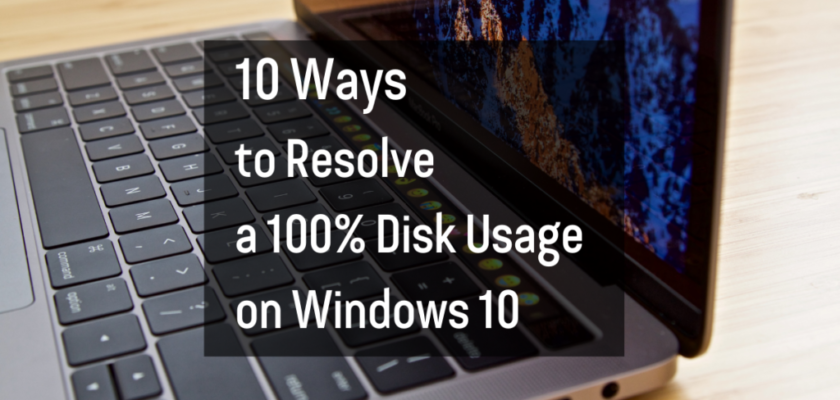High disk usage can cause your computer to slow down and become unresponsive. If you’re seeing a 100% disk usage error, there are a few things you can do to fix the problem.
1. Check your Task Manager
The first step is to check your Task Manager to see which programs and processes are using the most disk usage. To do this, press Ctrl + Shift + Esc to open the Task Manager. Click on the Processes tab and sort the list by Disk Usage.
If you see any programs or processes that are using a lot of disk usage, you can try closing them. If you’re not sure what a process is, you can right-click on it and select Search online.
2. Disable SuperFetch
SuperFetch is a Windows service that helps to improve startup performance by pre-loading frequently used files into memory. However, it can sometimes cause high disk usage. To disable SuperFetch, follow these steps:
- Press Windows + R to open the Run dialog box.
- Type services.msc and press Enter.
- Find the SuperFetch service and double-click on it.
- Change the Startup type to Disabled and click OK.
3. Disable Windows Search
Windows Search is a Windows service that indexes your files and folders so that you can quickly find them. However, it can also cause high disk usage. To disable Windows Search, follow these steps:
- Press Windows + R to open the Run dialog box.
- Type services.msc and press Enter.
- Find the Windows Search service and double-click on it.
- Change the Startup type to Disabled and click OK.
4. Run a malware scan
Malware can sometimes cause high disk usage. To check for malware, run a full system scan with your antivirus software.
5. Restart your computer
Sometimes, a simple restart can fix high disk usage.
6. Update your drivers
Outdated or corrupt drivers can sometimes cause high disk usage. To update your drivers, you can use a driver updater tool such as Driver Booster or Driver Easy.
7. Defragment your hard drive
If you’re using a hard drive, defragmenting it can help to improve performance and reduce disk usage. To defragment your hard drive, follow these steps:
- Open File Explorer.
- Right-click on your hard drive and select Properties.
- Click on the Tools tab and click on the Optimize button.
- Select the hard drive you want to defragment and click Optimize.
8. Upgrade your storage
If you’re constantly running out of disk space, it may be time to upgrade your storage to a larger hard drive or SSD.

